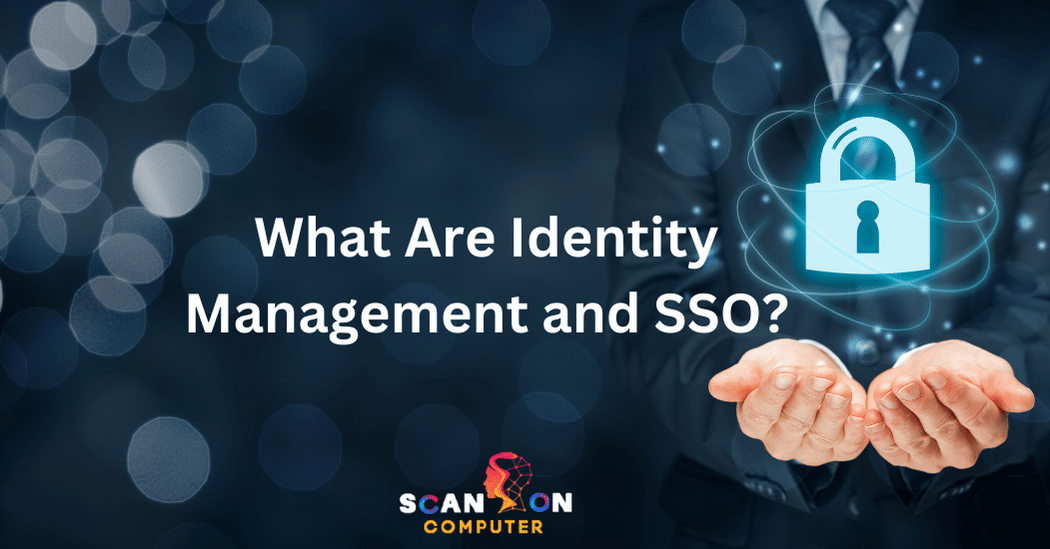Identity management refers to a collection of systems, policies and processes for creating, defining and administering digital identities in organizations. Many electric utilities rely on separate identity and access management (IDAM) systems for IT and operational technology networks, substations and equipment, creating multiple security risks within these networks. Without an all-encompassing IAM solution in place, these networks present security risks that could put consumer safety at risk.
Identity Management
Identity management refers to a collection of systems, policies and processes for creating, defining and administering digital identities in organisations. This allows them to authenticate users as well as manage access rights for them on internal systems as well as external services/applications/data sources.
EYOD helps organisations reduce security risk and complexity, lower costs, and support an agile business environment that combines BYOD/CYOD devices with corporate owned/managed devices. Identity management solutions often encompass identity governance, access management and directory services. Identity governance covers all aspects of user accounts’ lifespan from entitlement and provisioning through multi-factor authentication enabled policies to identity analytics. Access management enables organisations to control users’ rights and privileges based on job responsibilities, thus decreasing the possibility of any unlawful behavior within their network. Continuous multi-factor authentication (CMA) is another aspect of access management which enhances security by continuously verifying a user’s identity through physical and behavioral characteristics such as fingerprints, faces, palm prints, typing rhythm, gait patterns or voice/speech patterns.
Directory Services allow an organization to centralize and consolidate login credentials into one account and track them with complete visibility in order to meet audit and compliance requirements. IdAM solutions work across platforms seamlessly allowing BYOD/CYOD environments to be managed easily as well as reduce IT support tickets while improving efficiency and user experience.
Identity and access management (IAM) solutions aim to make this process simpler while protecting against cyber threats and meeting regulatory compliance obligations.
Idam Infrastructure provides an integrated approach to identity and access management that spans IT and operational technology (OT) networks, helping you leverage existing infrastructure investments while protecting critical assets by eliminating inconsistencies between your systems. Our IAM solution enables you to leverage existing investments while improving protection while eliminating inconsistencies that threaten protection efforts.
Access Management
IDAM refers to a system of technical systems, policies and procedures which create, store and protect identity data of authorized users seeking access resources in an enterprise. An essential aspect of IAM is user privilege management which enables organizations to determine how much access a particular user has as well as ensure only essential data reaches critical recipients.
IDAM helps automate processes, reduce IT support tickets, and ensure consistent security across different applications, systems, devices and locations. Furthermore, IDAM gives organizations the ability to track and monitor non-human entities such as application keys, APIs, secrets agents and containers – increasingly important components in IT environments according to Gartner. According to them they should be managed effectively using cross-functional teams.
An IdAM system helps electric utilities centrally manage access to IT/OT systems, substations and equipment critical for power generation, transmission, and distribution. Employing commercially available products this NCCoE example solution shows how IdAM can help meet cybersecurity and NERC CIP compliance.
RBAC allows access permissions to be based on roles rather than individual job functions, increasing security and decreasing risks of unauthorised access. It also helps prevent overprovisioning by restricting which permissions users receive when changing roles or leaving an organisation, something especially helpful when employees move between jobs or leave altogether. An IdAM system should include audit capabilities which detect and correct any potential user account issues such as unused, vulnerable or inappropriately allocated privileges.
Idam Infrastructure Advisory Private Limited (Idam Infra) provides consultancy services in the Indian energy sector for policy formulation and analysis, regulatory framework design, commercial diligence, financial structures, corporate strategies and project development. In addition, the company also offers digitalisation and IT/OT solutions to its clients to enable them to meet their business goals more easily. Idam Infra has an impressive clientele including central and state government departments/ministries/power utilities/project developers/foundations banks financial institutions equipment suppliers EPC contractors multilateral agencies etc.
Single Sign-On
Single Sign-on (SSO) makes it simpler for users to navigate between various applications and platforms, by providing only one set of credentials that is used across platforms and websites in the SSO system. This improves both user experience and security as it reduces instances of password reuse across various systems.
SSO is an integral element of identity management, but it only covers one component. A comprehensive IAM solution goes beyond SSO with advanced identity features like multi-factor authentication and self-service user management capabilities. Idam Infrastructure offers several IAM solutions tailored specifically for each organization’s individual requirements.
Identity management systems allow you to centrally store all of your identity data and use it to authenticate and authorize access to various business applications and IT services. Through IdM, administrators can eliminate duplicative work while employees experience an improved user experience.
Organizations often face the daunting challenge of managing user identities across devices, particularly when their application landscape includes both internal and third-party services. Idam Infrastructure offers AI-driven Unified Endpoint Management (UEM), which allows you to centrally administer identity and access for apps, desktops, laptops, smartphones tablets and wearable devices – including wearables!
SiteMinder, our centralized IAM solution, supports SAML single sign-on authentication. To use SAML single sign-on, it requires setting up a delegated master using an identity provider such as Microsoft Active Directory; then configuring Operator Console as service provider and SiteMinder as authorization server. Afterward, new operators must log into Operator Console using SIGN IN link on login page of Operator Console to activate SAML authentication.
SSO authentication works by exchanging authentication tokens between the service provider (SP) and identity provider (IdP), using secure, encrypted channels. When an SP sends an authentication request to IdP, that entity responds with an authentication response that allows SP to pass this token on to an application which then grants access to the user.
Multiple AD Forests
Your organization might have multiple on-premise Active Directory forests with users, groups and computers dispersed between them. Each forest acts as its own security boundary so objects from different forests cannot interact without trust being established between them; organisations might create additional forests through mergers and acquisitions or be accidentally creating multiple forests due to misconfigurations.
Multi-forest environments present unique challenges that may be hard to manage using Azure AD Connect (formerly AAD Sync). As such, it’s vitally important to create and implement an active Directory forest recovery plan in advance.
An IDAM solution from one of the top vendors is key to reaching this goal. A high-performance IDAM product should enable mass remediation of legacy identities, unifying disparate forests into one identity store, and solving interoperability issues in multi-forest environments – even running your entire enterprise through migration processes such as Office 365 migration.
Consider an example to illustrate the challenge of managing multiple forest environments: Contoso is currently using its own Active Directory and will soon be acquired by Fabrikam, necessitating consolidation of all their AD instances into one common one with all the benefits that modern platforms provide. Microsoft provides support for this kind of scenario via AADConnect’s user/resource forest topology support; in particular, Contoso would first sync up with AADConnect before resource forests for Fabrikam could synchronise with AADConnect after which resource forests belonging to Fabrikam can also synchronise with AADConnect in subsequent stages.
In the past, similar scenarios would require you to implement an elaborate and costly architecture known as Red Forest that utilizes a separate Active Directory forest for managing all privileged identities. While this approach provides some advantages over its counterparts, many organizations find this impractical due to the potential risk of downtime during migration or other high-impact events.












